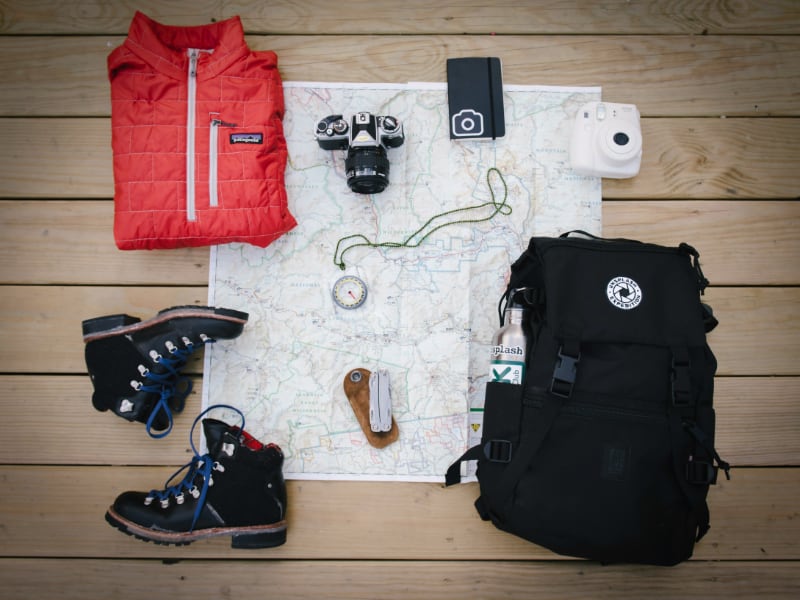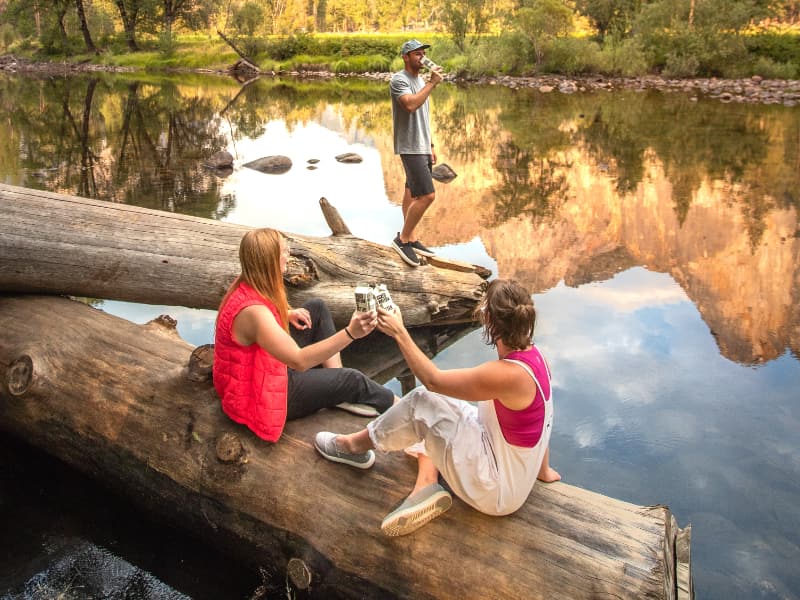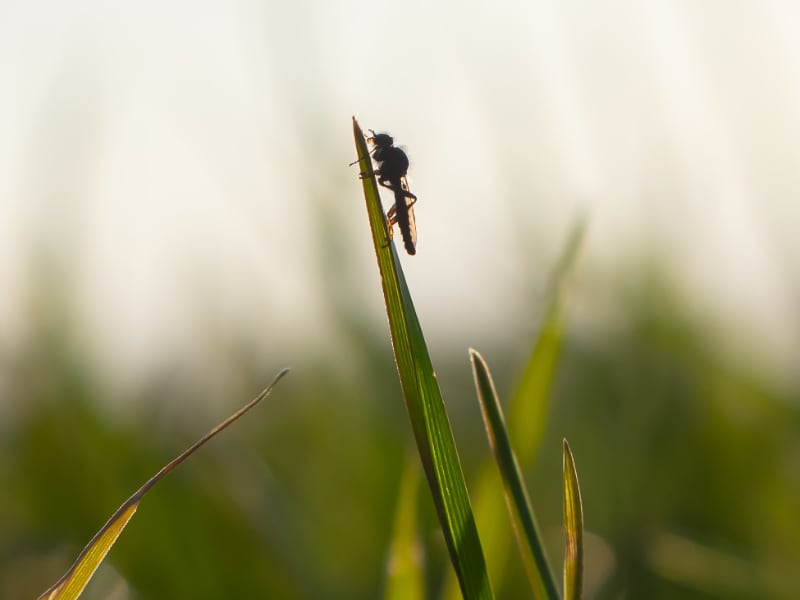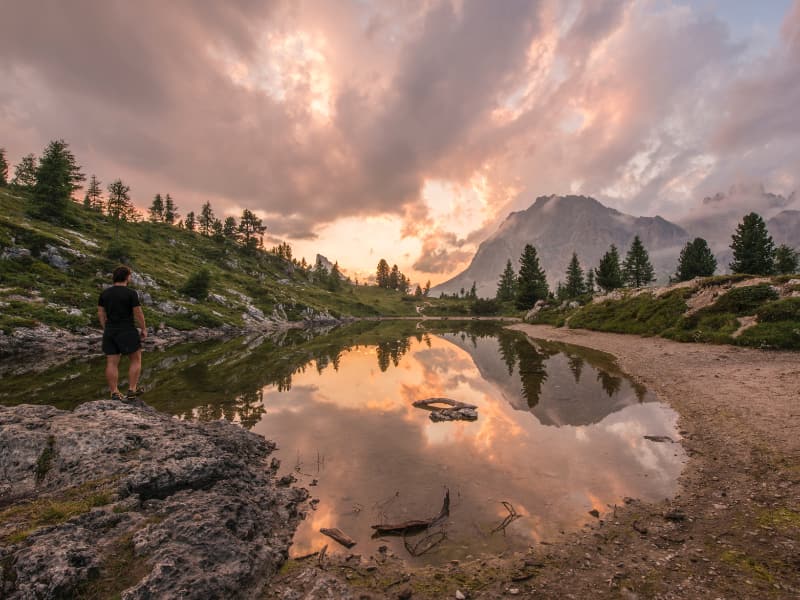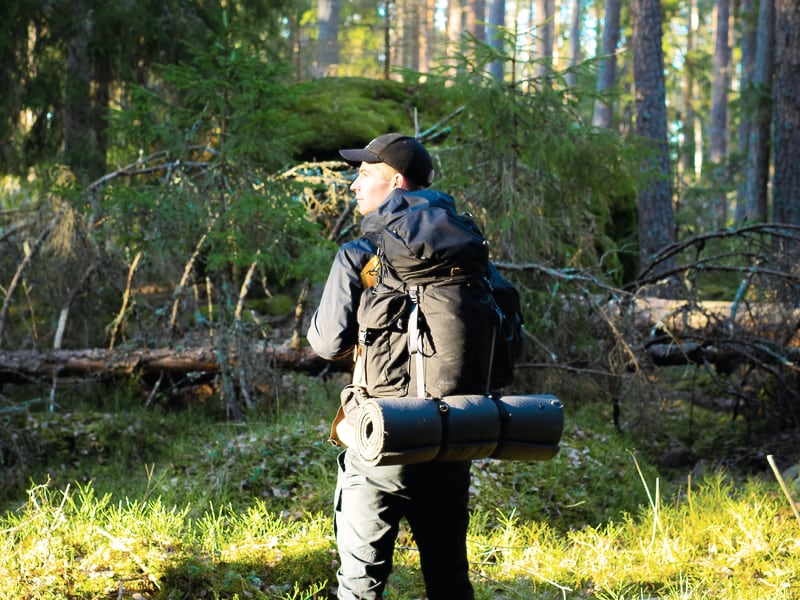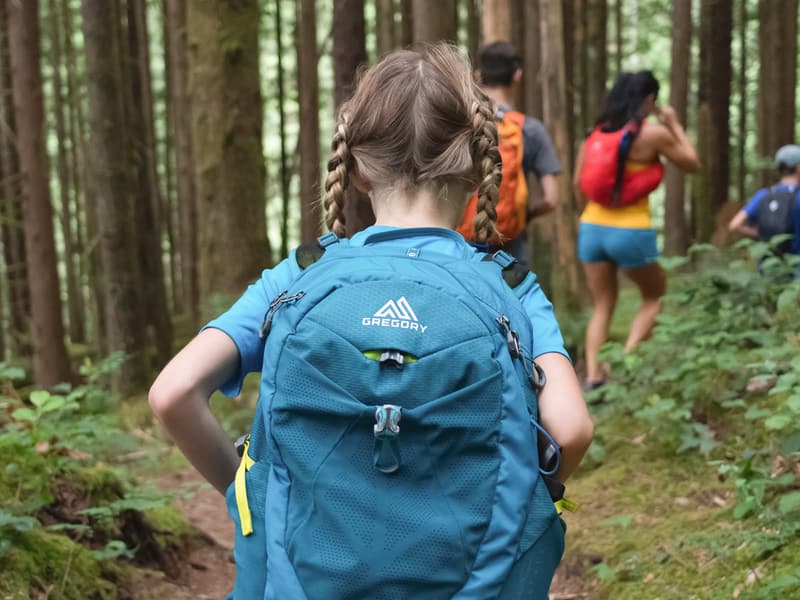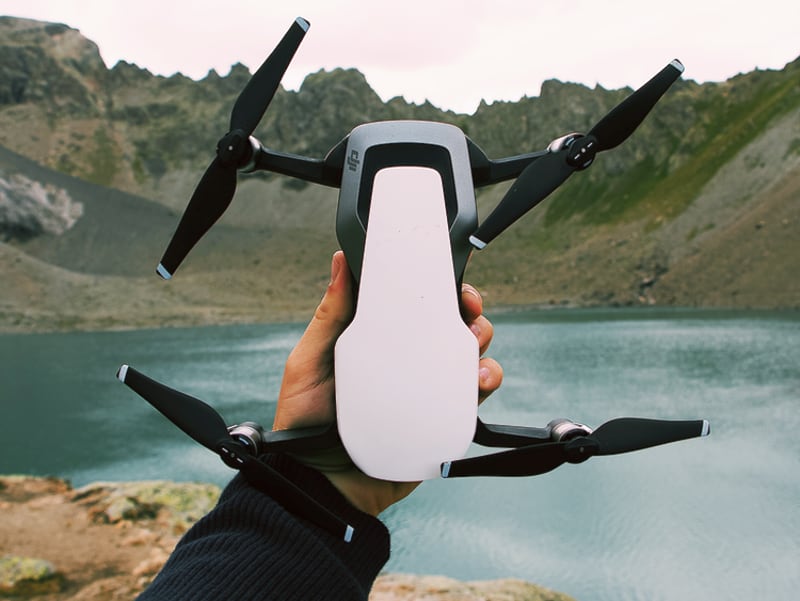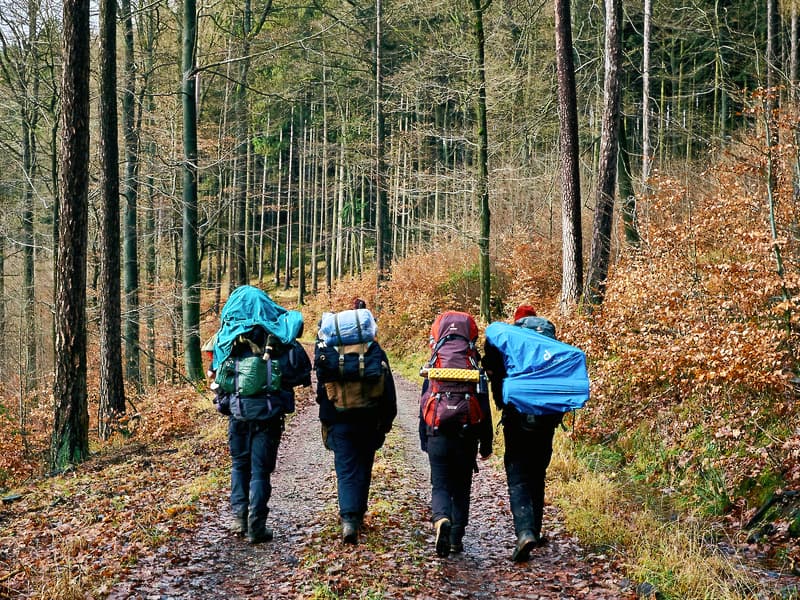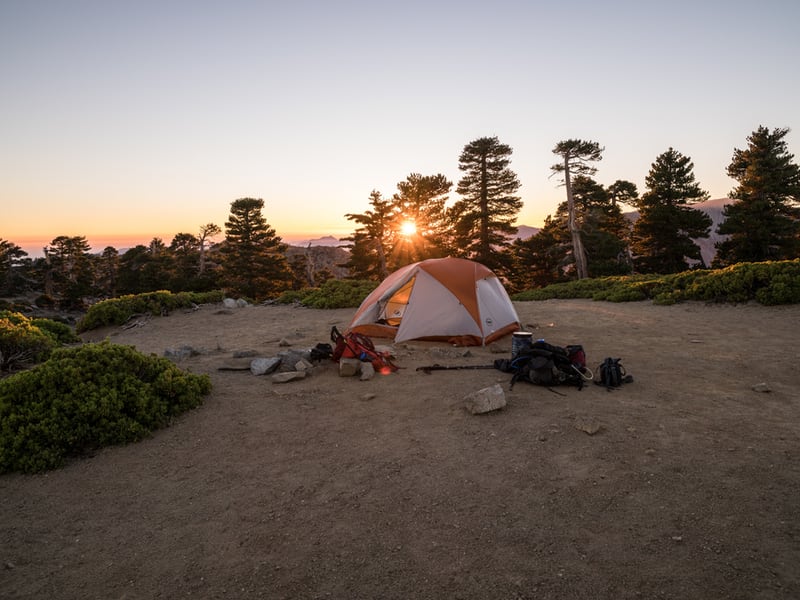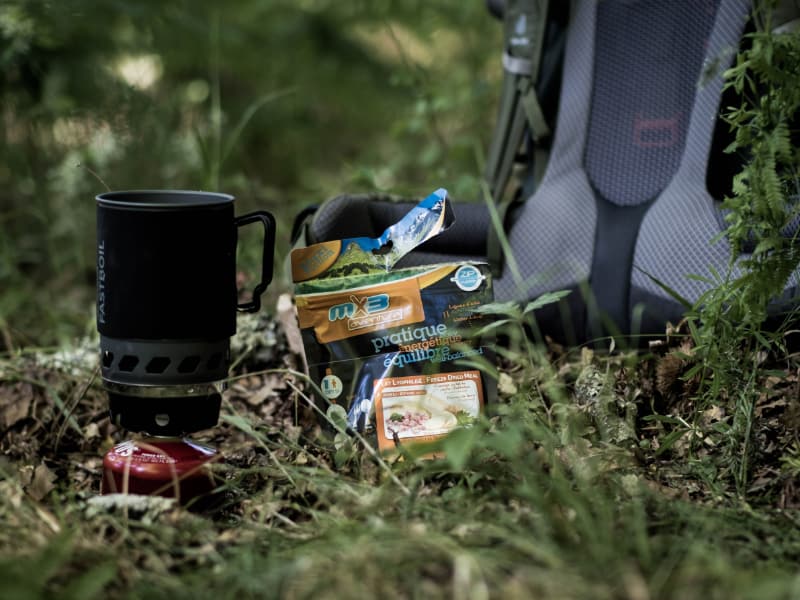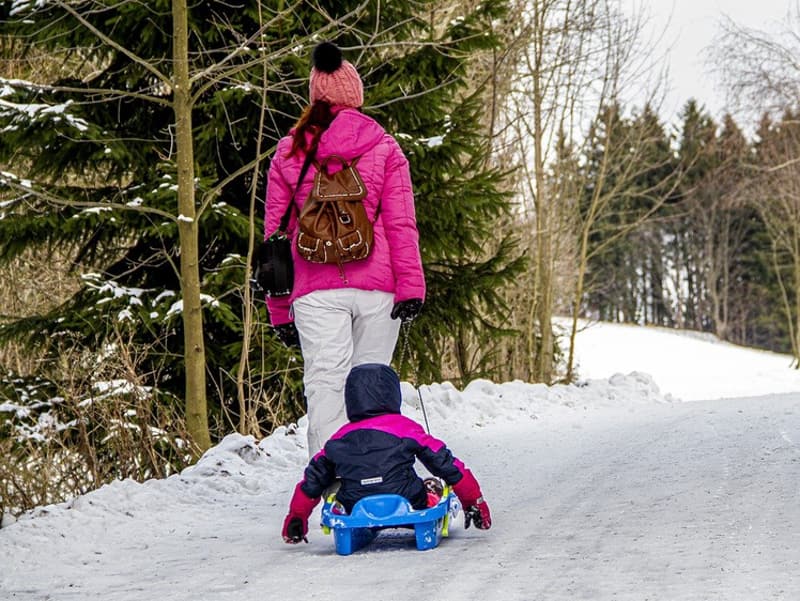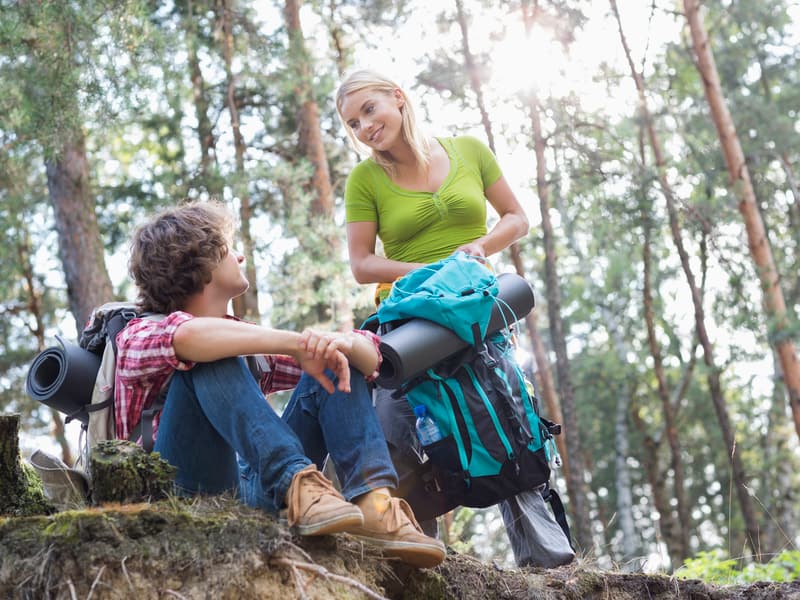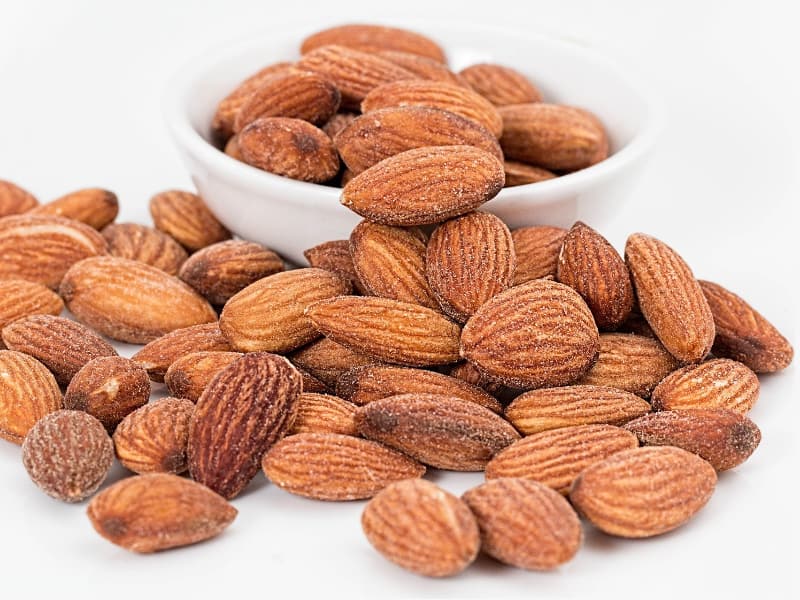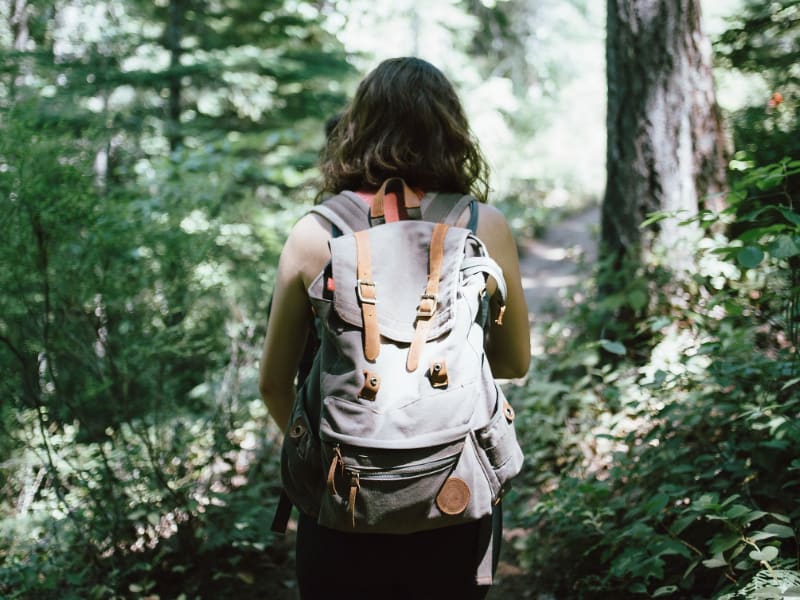Hiking is one of life’s greatest pleasures if you’re the active outdoor sort. However, even the fittest adventurers can’t outrun the trail’s tiniest dangers: Insect pests. Bug bites sting and itch, but the greatest hazard comes from the diseases some varieties carry.
What should you know to keep yourself as safe as possible? Here’s your quick and dirty hiker’s guide to pest control that will let you enjoy nature’s glory without turning into a walking snack bar.
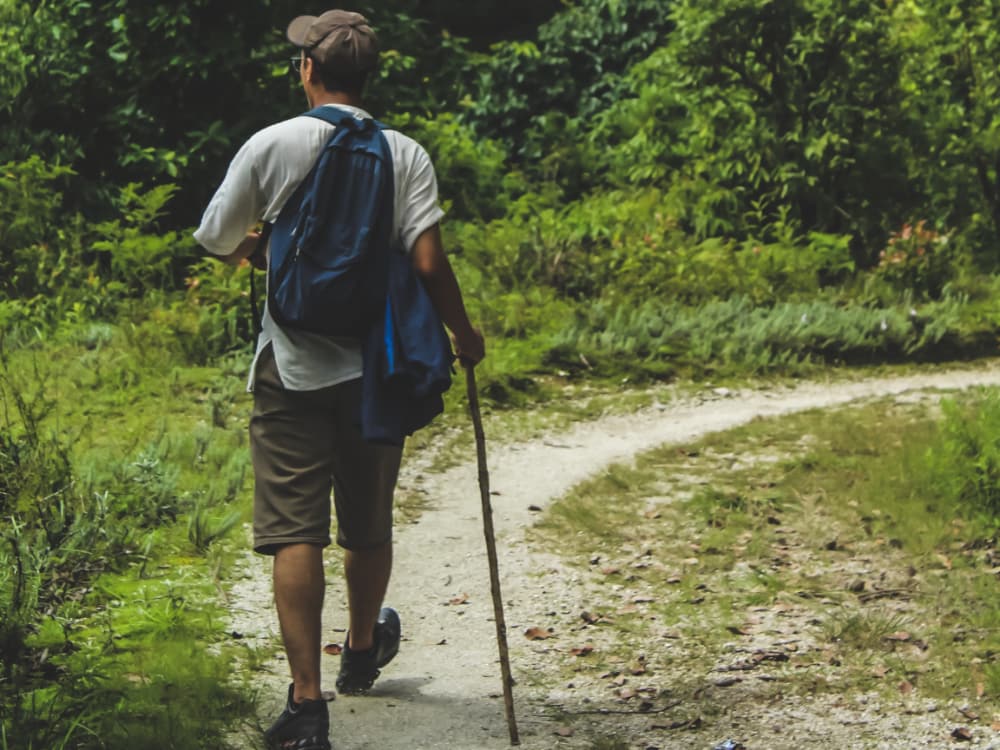
1. Stay Away From Standing Water
Being around water has proven benefits for your mental health – it can help reduce stress and anxiety levels alongside helping us relax and feel calmer.
However, all insects need access to water, just like any other living creature. Standing bodies of water invite swarming hordes that can bite, so keep a safe distance from puddles, stagnant ponds, and rainwater collection barrels.
2. Avoid Hiking at Dusk and Dawn
It might sound romantic to hit the trail as the sun creeps over the mountaintops, and it’s perhaps the best time for taking wildlife photographs before night creatures like coyotes bed down away from the sun’s heat. However, that artwork comes with a price. Dusk and dawn are the most active hours for mosquitoes, so avoid hiking during these periods.
However, keep in mind that nearly all insects thrive in the heat. Therefore, you might wait until the weather cools to wow the online world with your sunset photography. Most insects do not function at temperatures below 10°c, so spring and autumn may be your best bets for getting stunning shots.
3. Wear Repellent
What if the early morning hours are the only time you have to hit the trail before the workday’s demands? You can greatly reduce your chances of getting bit with the right repellent. For maximum effectiveness, look for a formulation containing one of the following ingredients:
- DEET: Look for a formula with 15–30% of this ingredient for long-lasting protection against ticks and mosquitos.
- Picaridin: Although manufactured synthetically, this chemical is nearly identical to a compound that occurs naturally in black pepper plants.
- Lemon eucalyptus oil: Those who insist on natural everything should know that products containing 30% of this essential ingredient work as well as chemical ones. It can also be manufactured synthetically.
The Centers for Disease Control and Prevention also recommend products containing IR3535 and 2-undecanoate. However, a Consumer Reports investigation found that these versions don’t work as well as those with the above three ingredients.
Cover all exposed areas with repellent. Most insect sprays last up to four hours, so it’s smart to take a pass on combination sunscreen-repellents. Most people need to reapply sunscreen more frequently, which could unnecessarily expose them to a high chemical load.
Additionally, permethrin spray is a powerful pesticide that kills mosquitoes on contact. It’s highly effective for keeping mosquitos at bay, but you should only apply it to clothing. Please, don’t apply it to your body – it can disrupt your endocrine system and cause severe health effects. Follow the label directions for application and keep it away from pets, as it’s toxic to kitties.
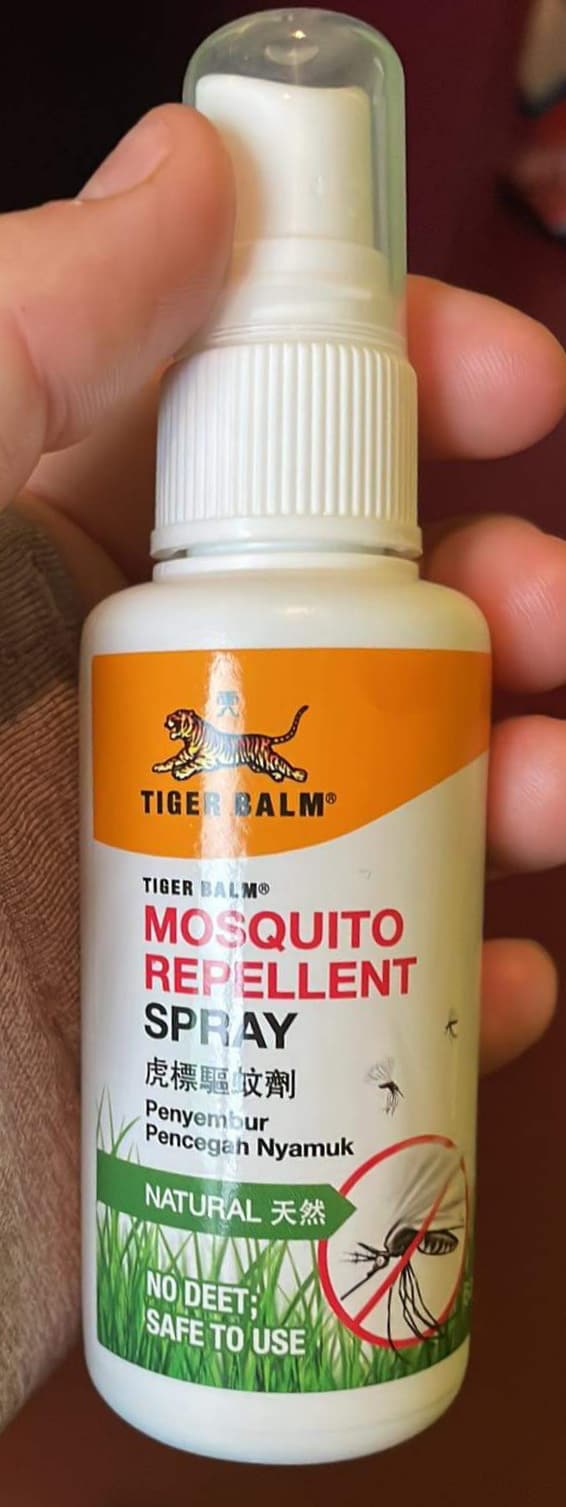
4. Keep Covered
Another way to control pests while hiking is to keep them away from your skin in the first place. You can do so by making the right clothing choices. Your best bet is to wear long socks and pants, keeping ticks away when walking through long grasses..
5. Choose Light Colours
Here’s one tidbit of advice where repelling mosquitoes also helps keep you cool. Choosing muted, lighter colours like beige and khaki diverts mosquitos’ attention elsewhere.
6. Do a Post-Hike Check
Finally, take a gander at your gams and arms after returning from your hike. A quick inspection is the best way to spot ticks, as you might not feel them on your skin until they feast themselves fat on your blood. Remove any you find with tweezers and keep an eye on the spot, seeking medical attention if you develop a bullseye-shaped rash. It could be an early warning sign of Lyme disease.
Hiker’s Guide to Pest Control
Hiking is one of life’s great joys – until you turn into a snack for insect pests. Avoid the sting by taking the above steps. This quick and easy hiker’s guide to pest control will keep you safer on the trail. Preventing insect-borne diseases increases your enjoyment of the great outdoors.


